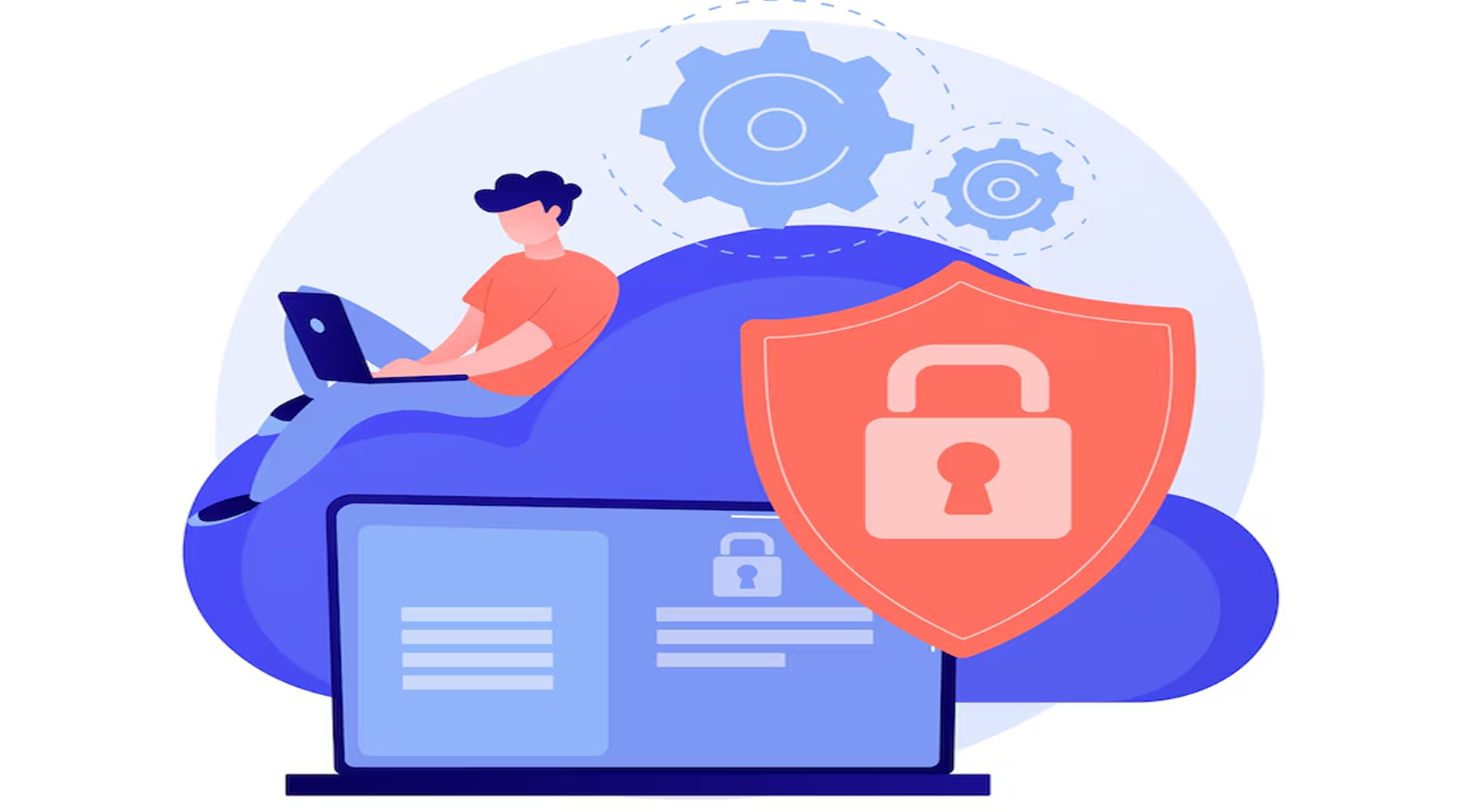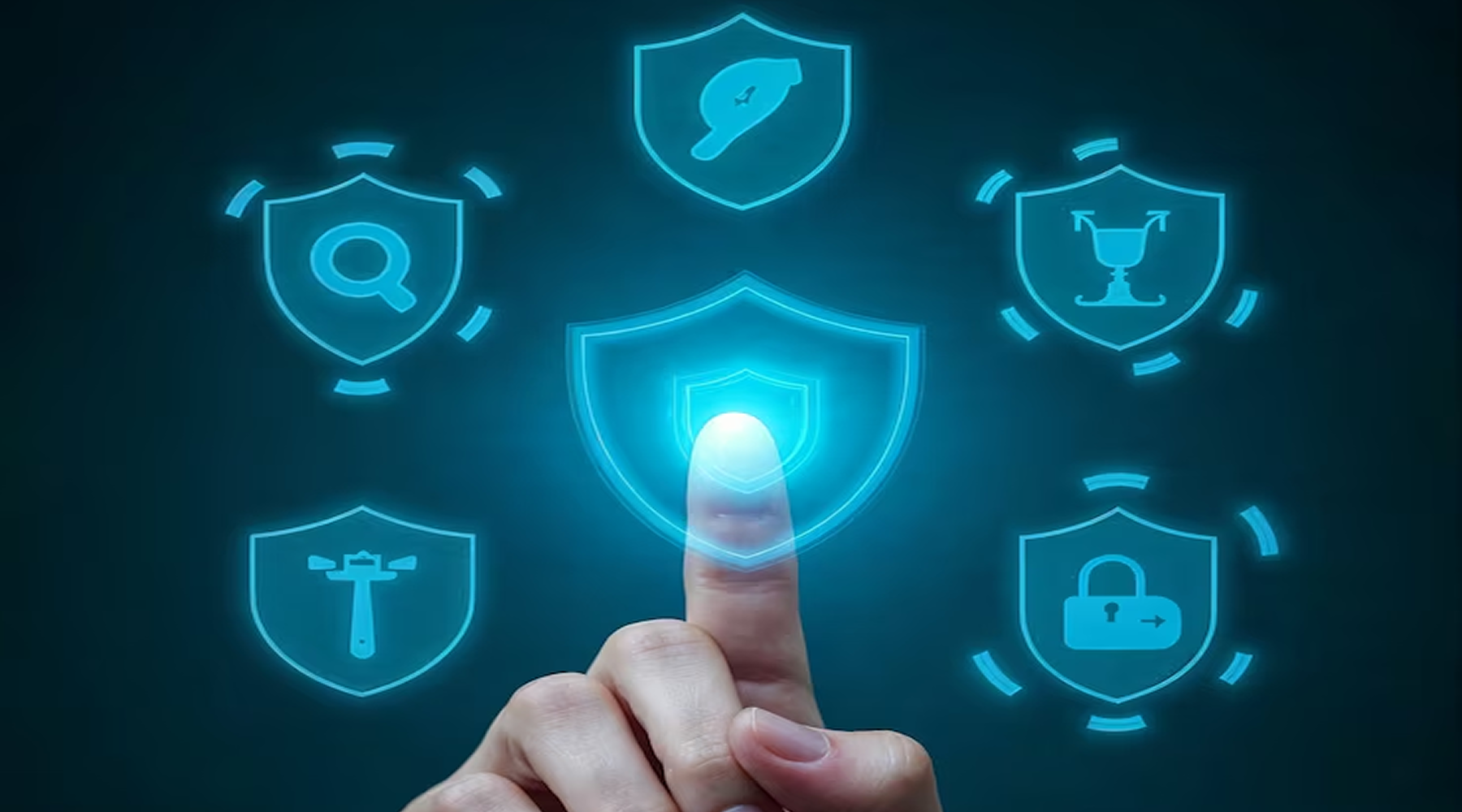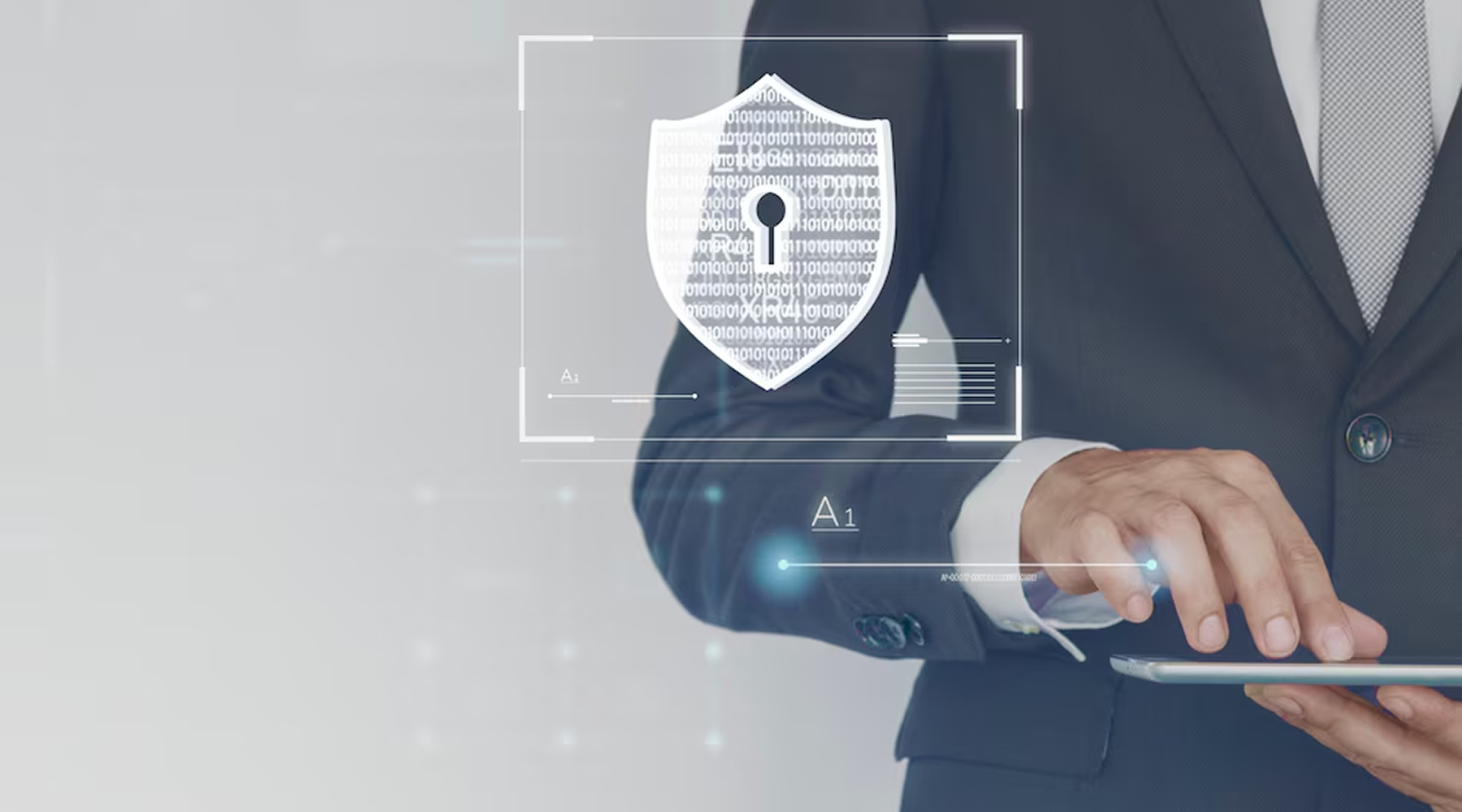Cyber threats are growing faster than ever, and businesses today need more than just an antivirus program to stay protected. Cybercriminals use sophisticated attacks to breach systems, steal sensitive data, and disrupt operations. That’s why cyber security coverage needs to be multi-layered—because a single security measure isn’t enough.
Cybersecurity coverage works best when multiple layers come together to create a strong defense.
So, what are these layers? Let’s explore.
Layers of Cyber Security

1. The Perimeter Defense: Securing the Gateway
The first line of defense in cybersecurity is about keeping attackers out. Cybercriminals often look for weak entry points, and if businesses don’t have strong perimeter security, they become easy targets.
How This Layer Works:
- Firewalls act like digital gatekeepers, blocking unauthorized traffic.
- Intrusion Detection Systems (IDS) monitor networks for suspicious activities.
- Virtual Private Networks (VPNs) secure data transmission and prevent hackers from intercepting information.
Without these defenses, businesses risk unwanted access to their networks, leading to data breaches and cyberattacks.
2. Endpoint Security: Protecting Individual Devices
Every device connected to a business network—laptops, mobile phones, tablets—can be an entry point for hackers. An unprotected device is like an open window in a locked house.
How This Layer Works:
- Antivirus and anti-malware software detect and remove harmful programs.
- Device encryption makes sure that even if a device is stolen, the data inside remains safe.
- Mobile Device Management (MDM) tools allow businesses to remotely wipe lost or stolen devices.
With proper endpoint security, businesses can reduce the risk of malware infections, data theft, and unauthorized access.
3. Identity and Access Management: Controlling Who Gets In
Not everyone in a business should have access to all systems and data. If an employee’s credentials are compromised, hackers can move freely through the network, stealing valuable information.
How This Layer Works:
- Multi-Factor Authentication (MFA) needs users to verify their identity with multiple credentials, making it harder for attackers to break in.
- Role-Based Access Control (RBAC) ensures employees only access the information necessary for their job.
- Single Sign-On (SSO) simplifies login while maintaining security, reducing password fatigue.
By restricting access, businesses reduce the impact of stolen credentials and insider threats.
4. Data Security: Keeping Information Safe
Cybercriminals target data—whether it’s customer details, financial records, or intellectual property. If this information falls into the wrong hands, businesses can face legal penalties, financial losses, and reputational damage.
How This Layer Works:
- Data encryption scrambles sensitive information, making it unreadable without the correct key.
- Secure backups ensure businesses can recover from ransomware attacks or accidental data loss.
- Data Loss Prevention (DLP) tools prevent employees from accidentally sharing confidential information.
By protecting data at all times, businesses minimize the risk of exposure, theft, or tampering.
5. Application Security: Securing Software and Websites
Applications, from email platforms to cloud storage services, can be exploited by hackers if they’re not properly secured. Cybercriminals often look for vulnerabilities in software to inject malware or steal sensitive data.
How This Layer Works:
- Regular software updates and patching close security loopholes.
- Web Application Firewalls (WAFs) protect against attacks like SQL injection and cross-site scripting.
- Secure coding practices help developers build applications that are resistant to cyberattacks.
By keeping applications secure, businesses prevent hackers from using software as a backdoor into their systems.
6. Employee Training: The Human Firewall
Technology alone isn’t enough. Employees are often a weak link in cybersecurity, as phishing scams and social engineering attacks trick people into giving away sensitive information.
How This Layer Works:
- Regular cybersecurity training teaches employees how to recognize threats.
- Phishing simulations test how well employees can spot fraudulent emails.
- Clear security policies ensure everyone in the company follows best practices.
A well-trained workforce can stop cyber threats before they cause damage.
7. Incident Response: Preparing for the Worst
Even with multiple layers of protection, cyberattacks can still happen. Businesses must have a plan in place to respond quickly and minimize damage.
How This Layer Works:
- Incident Response Plans (IRPs) provide a step-by-step approach to handling security breaches.
- Cyber security coverage helps cover financial losses from cyber incidents.
- Regular security audits help identify weaknesses before hackers do.
By being prepared, businesses can recover faster and reduce the impact of cyberattacks.
How DLT Ensures Complete Cyber Security Coverage
Businesses need a trusted partner to help them stay ahead. We provide comprehensive cyber security coverage, ensuring companies have all seven layers of protection in place.
- 24/7 monitoring and threat detection to stop attacks before they happen.
- Advanced endpoint protection to secure every device in the network.
- Data encryption and backup solutions to safeguard sensitive information.
- Employee security awareness programs to prevent human errors.
- Rapid response services to minimize downtime and financial loss after a breach.
With our cyber security coverage, businesses can operate with confidence, knowing they are protected from every angle.
Conclusion
Cybersecurity is not just about having one strong defense—it’s about multiple layers working together to protect businesses from every possible threat. From firewalls and endpoint security to employee training and data encryption, every layer plays a vital role in keeping cybercriminals out.
With our multi-layered cyber security coverage, businesses don’t just react to cyber threats—they stay ahead of them. In today’s digital world, having the right coverage is not an option—it’s a necessity.
Also Read: What is Cyber Fraud warranty coverage and what is its advantages for SMBs?





